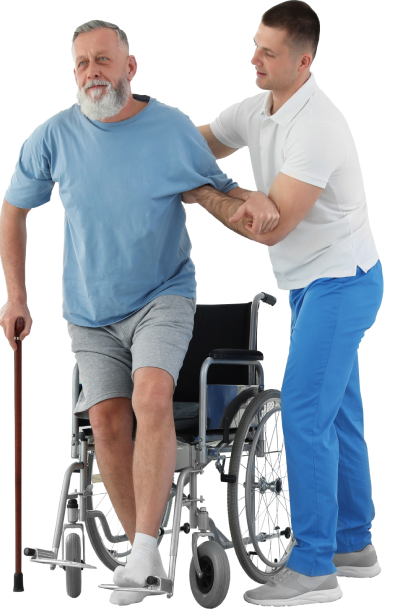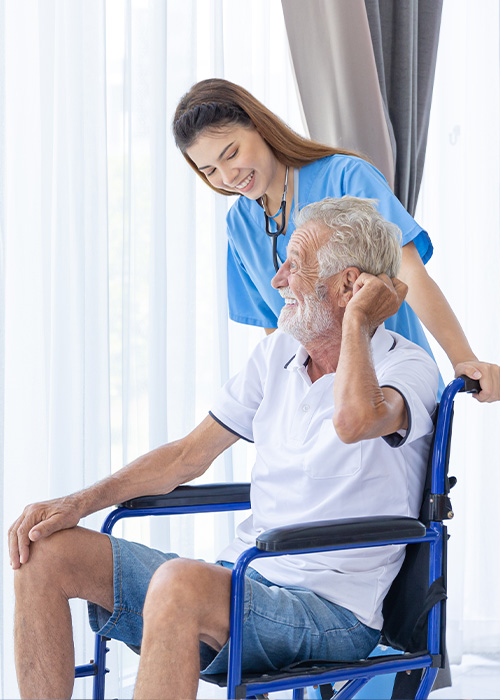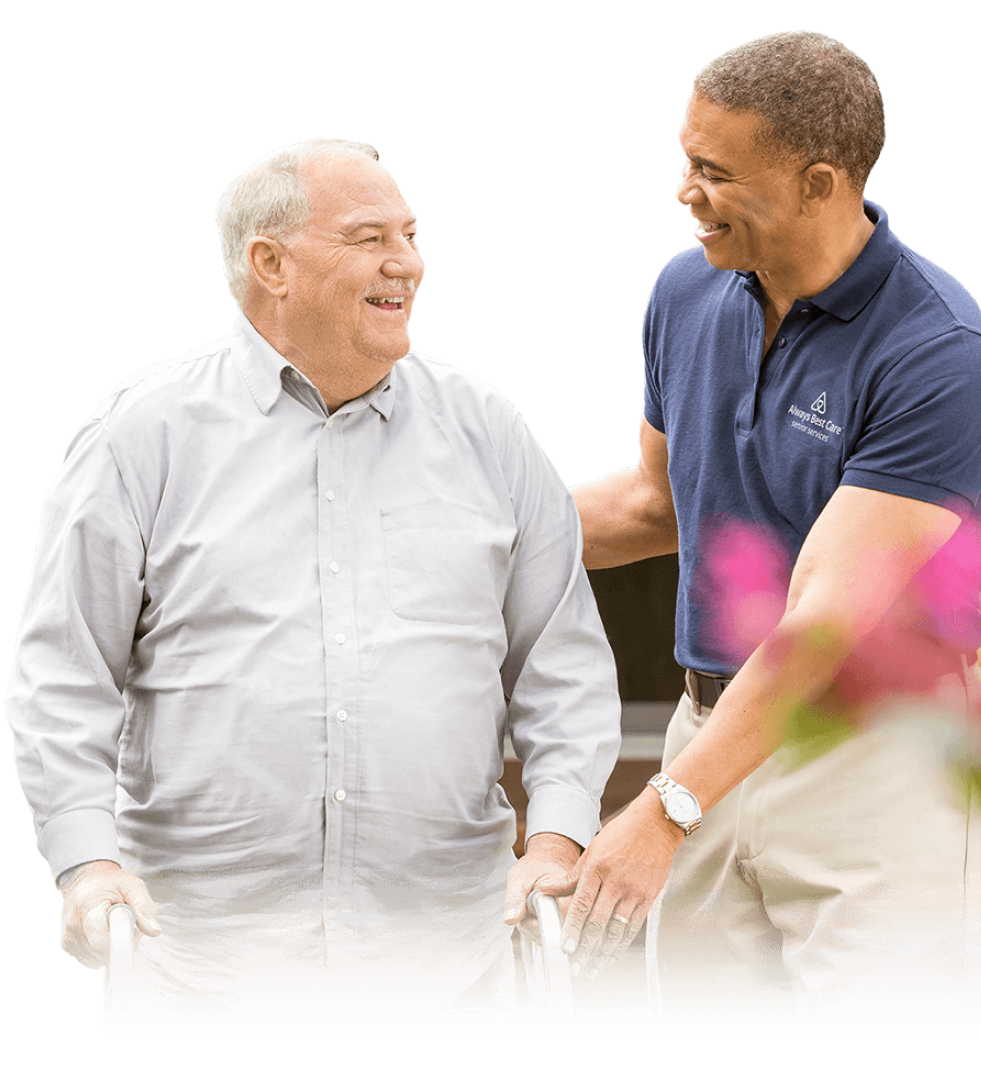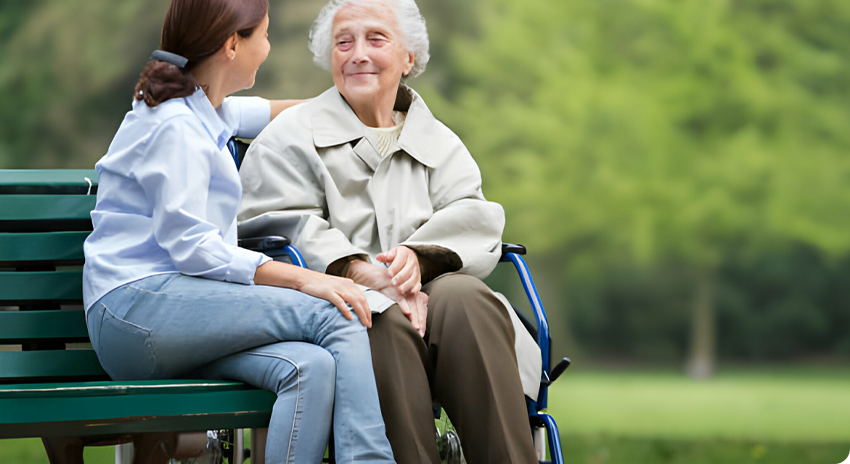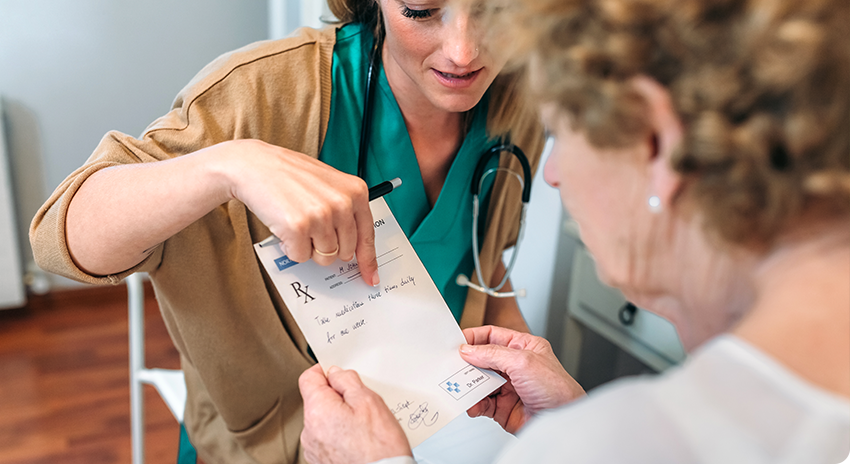Snow is forecast for Massachusetts on Tuesday, Dec. 2, and the first batch of flakes is on its way, according to the National Weather Service.
The early-season storm is expected to bring snow to the Bay State during the Tuesday morning commute, sweeping from west to east, the weather service said. A winter storm warning has been issued for western Massachusetts.
Residents at higher elevations could see 6 to 9 inches of snow, while those at lower elevations could get 2 to 5 inches, NWS said. Power outages are possible due to wet, dense snow inside the I-95 corridor.
"For Boston down through Providence, it's going to be mainly rain during our daylight hours, and the rain that we're expecting will be trending towards a moderate rate," said Torry Dooley, a meteorologist with the National Weather Service in Norton.
And some areas will get a wintry mix of rain and snow, Dooley explained.
Expected snowfall totals for Massachusetts
Here are the National Weather Service's expected snowfall totals for cities and towns in Massachusetts, including high-end predictions, as of Tuesday morning:
Weather forecast for Massachusetts
Boston will see a high temperature of 42 degrees Fahrenheit on Tuesday, Dec. 2, and a slight chance of snow before 9 a.m., the National Weather Service said. There's a chance of rain and snow between 9 and 10 a.m., and then rain after 10 a.m.
A wintry mix of rain and snow is expected again on Tuesday night, mainly before 3 a.m., the weather service said. The wind is also expected to pick up in Boston, and the city could experience a low temperature of 29 degrees.
Less than a half-inch of snow will accumulate on the ground, NWS said.
"There shouldn't be any drastic impacts for the Boston-Providence metro area throughout the day, just because we are looking at above freezing temperatures and rain," Dooley said. "If it's raining moderately, it's definitely going to slow down the commute, but nothing like if it were coming down as snow."
In Fitchburg, Amherst, and Greenfield, a few inches of snow are expected to accumulate. It's supposed to start snowing before 3 p.m. in Fitchburg, before 2 p.m. in Amherst, and after 9 a.m. in Greenfield, NWS said. Those areas will see steadier snow throughout the day.
Springfield will see rain, possibly mixed with snow, throughout the afternoon, NWS said. The chance of snow will strengthen again after 11 p.m. Tuesday.
The city will see around 1 to 2 inches during the daytime and less than 1 inch at night.
Lowell and Worcester could get rain, possibly mixed with snow, before the snow ramps up later that night. The cities could each see a few inches of accumulation.
When will the snowstorm clear up?
After a night of flakes falling, the National Weather Service expects the snowstorm to clear up by the morning of Wednesday, Dec. 3. That day, it's expected to be sunny across Massachusetts – the calm after the storm.
"[The snow] clears out pretty quickly tonight, and we dry out for tomorrow, and then the rest of the week is just kind of a chilly week," Dooley said.
MA weather watches and warnings
Massachusetts radar
Sign up for weather texts

 617.336.3248
617.336.3248




 Service Areas
Service Areas




